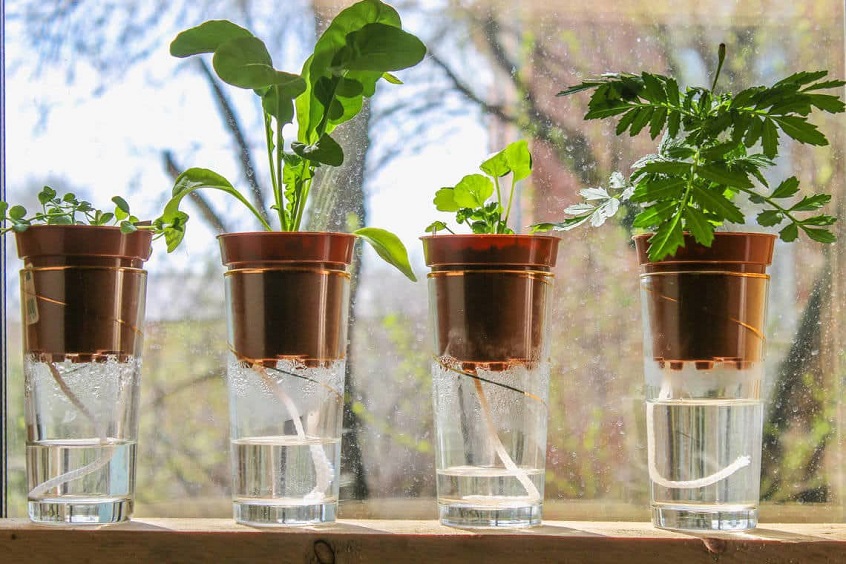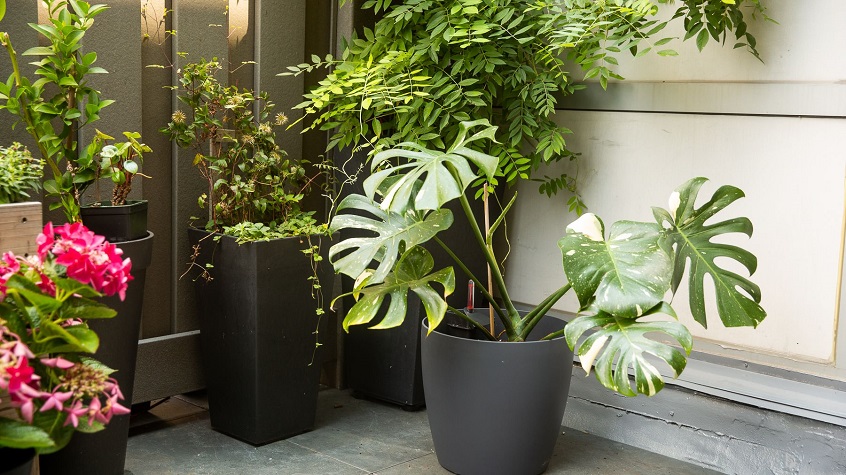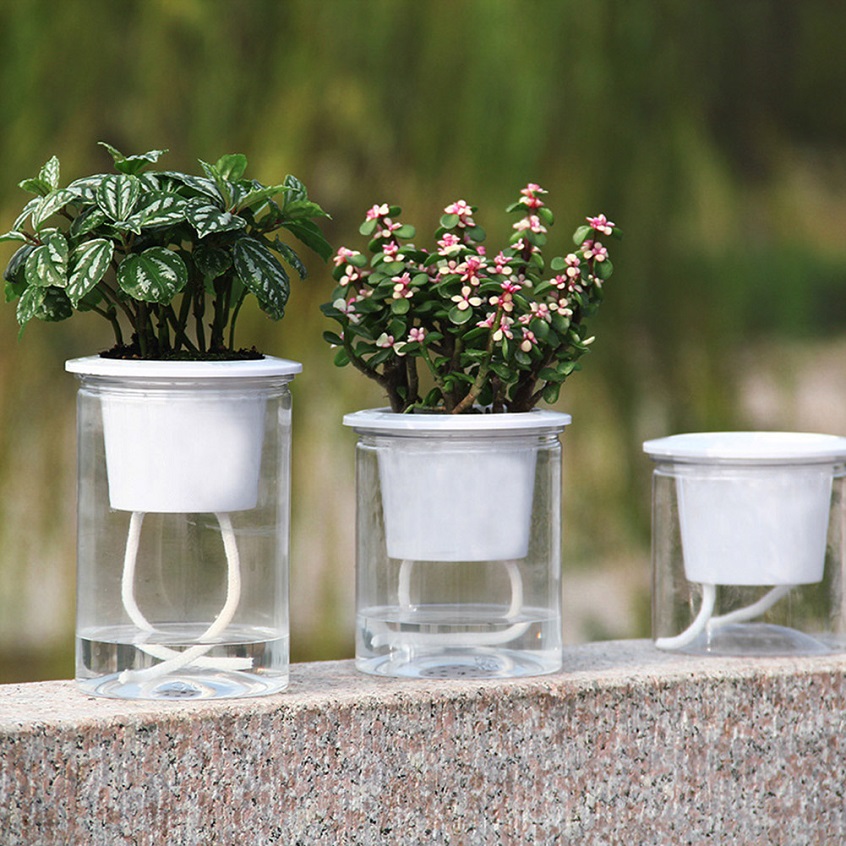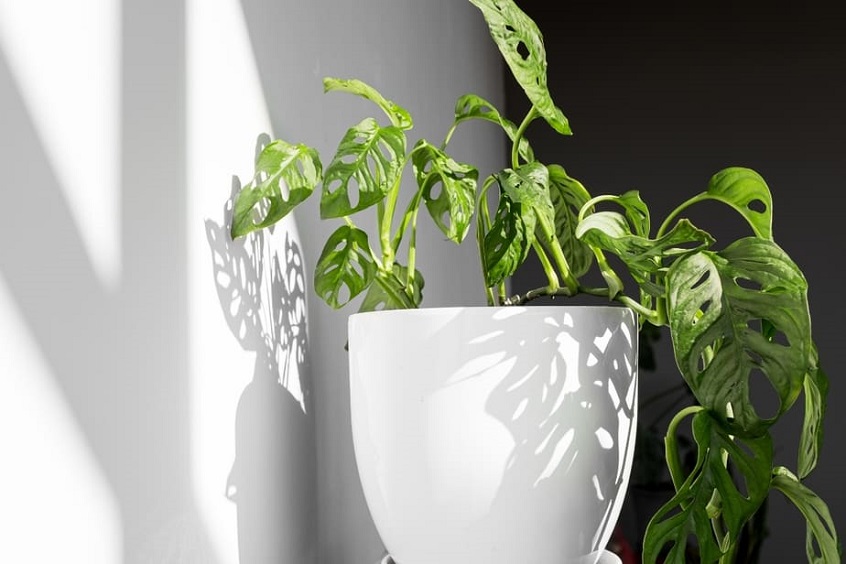
Self-Watering Pots: A Smart Solution for Urban Gardeners
In today’s world, the word organic is a trendy term, especially when it comes to food. We’re becoming more and more conscious of what we put in our bodies and how much the quality of food impacts our health and wellbeing, in general. That’s why we strive to use pesticide and chemical-free products as much as possible.
However, buying organic isn’t always possible, and let’s be honest, it’s rather expensive. That’s why gardening has been a growing trend, even in urban areas.
Maybe you’ve thought of growing your own organic veggies and herbs but cancelled the idea thinking of the many challenges you have to face. Making space for gardening in your busy schedule can be a real struggle. It can be a challenge to find the right resources and learn how to do it successfully. Or, you might have limited space.
The good news is that there is a single, innovative solution for overcoming all of these problems – self watering planters.
Contents
How Do Self Watering Pots Work?

Self watering planters use sub-irrigation or capillary (wicking) action. To understand this method, it helps to look at nature. Basically, it’s how all plants in nature get the water they need when humans aren’t involved in the watering process. As rain falls, gravity draws water deep down in the earth to the underlayers of soil. The water resides there, and whenever plants get thirsty, their roots draw the water from there, even if the upper soil layers get very dry. This enables watering plants from below instead of above and allows plants to survive drought. Even the biggest trees in nature get water from their deepest roots to their tallest branches.
Indoor plants and outdoor garden plants don’t use this natural system and rely on water from the top when a human perceives the plant as thirsty. What’s more, self watering pots are water-efficient planters that allow plants to get the water they need in the same way they do in nature.
They contain 4 elements:
- Growing bed
- Potting soil
- Water reservoir
- Wicking system
The self watering pots are very simple to use. You need to fill the bottom of the container with water. The overflow hole allows excess water to drain away while the soil soaks up the water from the bottom. This allows your plants to get a consistent level of moisture delivered directly to the roots, as long as you keep the reservoir filled.
The Many Benefits of Self Watering Plant Pots
Convenient
The biggest perk of using self-watering pots is their convenience. Whether you’re not sure when to water your plants or you’re too busy to meet your plants’ watering needs, these planters are the perfect match for you. They’re the perfect solution if you travel a lot, as well. And, they’re good if you need to keep your pots in a spot that’s hard to reach for regular watering.
Functional Design
With their clean, contemporary design, UV protection and hard-wearing construction, self-watering planters will stand the test of time, even in the wilds of the concrete jungle. The modular design and flexible irrigation make self watering planters super versatile. You can use them indoors or outdoors, and can even combine units. And when you move, just take them with you and reconfigure them as you like. Put white planters along with your patio for an earthy, organic feel. Or, consider putting them on your small balcony. You’ll be surprised how they work in any space.
Water-Efficient
There’s a good amount of water evaporating from the soil surface when you water plants traditionally, from top to bottom. When you use self watering containers, the water loss is low to zero. Just make sure to never leave the reservoir dry, so the soil is always moist.
Improves Plant Health

Most plants prefer consistent levels of moisture at the root level and the top few cm of the soil drier. They want their feet wet but their ankles dry, as plant lovers love to say. Well-designed self watering planter provides such an environment for them, which makes plants thrive.
Over-watering is one of the most common problems of gardeners, even experienced ones. Over-watering combined with inconsistency is reason number 1 for unsuccessful gardening and plant death. It’s easy to forget or not manage to water your plants for a week or more. And then, when you realise the soil has dried, you put so much water that it stays wet for a week or more. Until you realise it’s completely dried off again. It’s a cycle that many people get caught in until the plant can’t take the inconsistency anymore and dies. With self-watering planters, you ensure your plants are getting the amount of water they need, which helps them keep healthy and alive.
The plant’s needs for water change regularly. They largely depend on weather, temperature and season of the year. And sometimes, figuring these needs out can be tough, even for the most experienced gardeners. Using wicking pots can bring you peace of mind, knowing your plants get the water they need, no matter the season.
What Plants Do Well in Self Watering Pots?
Most plants will do well in a self water pot. Even plants that don’t need much moisture, such as succulents, can thrive as long as they get enough sun and their roots enough air. These are some of the plants that thrive best in self watering containers.
- Flowers: African Violets and Peace Lillies
- Ferns
- Greenery: Devil’s Ivy, Fiber Optic Plant, Sarracenia
- Herbs: basil, cilantro, mint, rosemary, thymes
- Veggies: Cherry tomatoes, lettuces, potatoes

Final Thoughts
You can grow your organic products using self watering pots. They’re convenient and easy to use for everyone, even those with the busiest schedules. Their functional design makes them fit in any place, and the system they use is good for plants’ health. Don’t let the reservoir dry and ensure proper ventilation, and your plants will thrive as they’ve never before.

